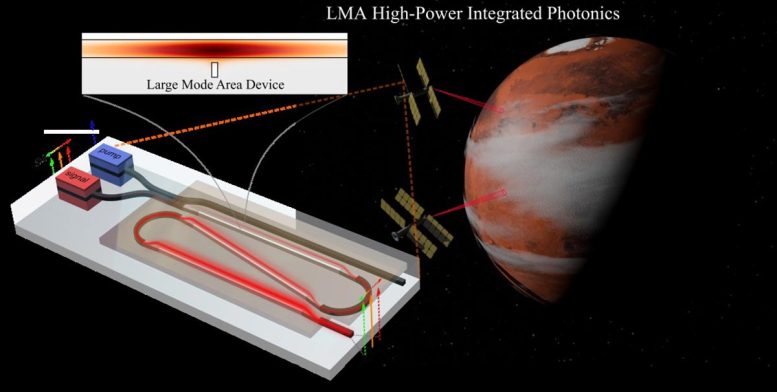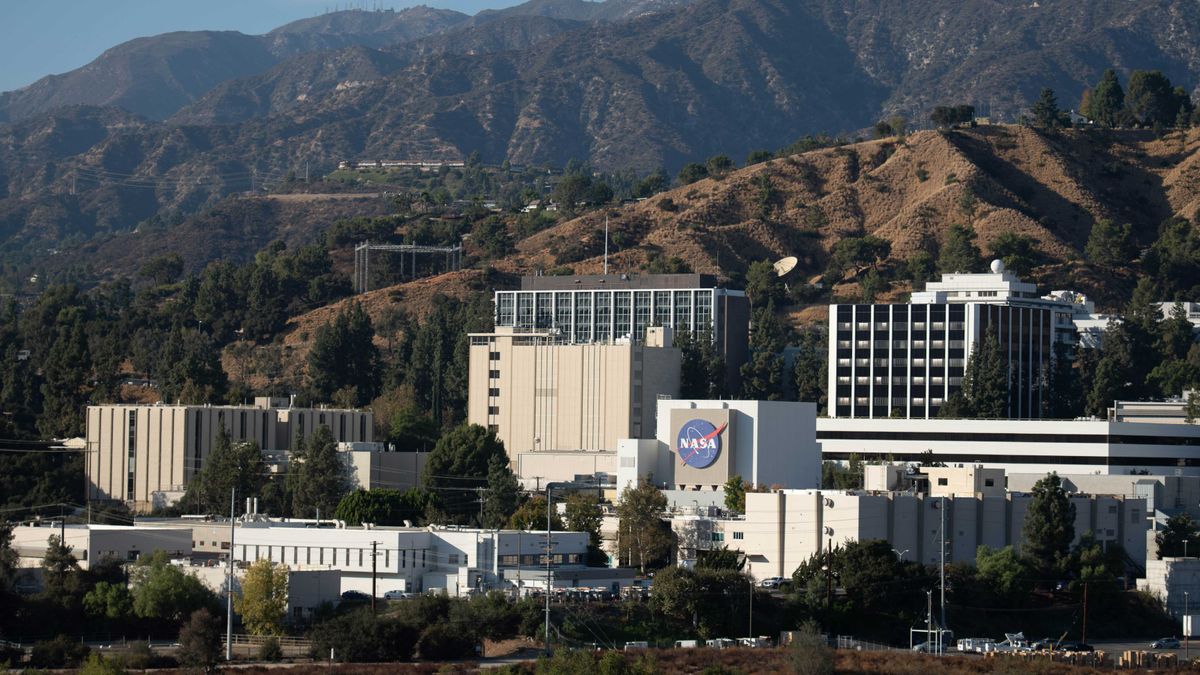– Sponsored content –

27 Nov. 2024. Most manufacturers in the U.S. and worldwide aim to be good neighbors in their communities, but some industries use processes emitting the toxic gas hydrogen sulfide. If your factory creates hydrogen sulfide — H2S in chemical notation — you need to capture that gas as near the source as possible, for the safety of workers and the surrounding community. That’s the job for devices called scrubbers, including those made by H2S scrubber manufacturer Torch-Air.
The danger of hydrogen sulfide
Hydrogen sulfide is a highly toxic and flammable colorless gas produced naturally in crude oil, natural gas, and volcanoes, as well as human and animal wastes. The gas gives off a strong distinct aroma similar to rotten eggs, noticeable at low levels.
Hydrogen sulfide is also produced by manufacturing processes in petroleum refining, food processing, coke ovens, kraft paper mills, and tanneries. According to the U.S. Occupational Safety and Health Administration, hydrogen sulfide can cause health effects ranging from mild eye irritation or headaches to loss of consciousness or death. The agency cites data from the U.S. Bureau of Labor Statistics showing hydrogen sulfide as one of leading causes of workplace gas inhalation deaths in the United States.
How wet scrubbers work
Wet scrubbers are devices that use chemical and electronic methods with liquid agents to absorb gases like hydrogen sulfide. The liquid scrubbing agent sticks to and diffuses gas particles, then chemically reacts with the noxious gases to neutralize their toxic properties. The liquid agents are often water or water-soluble substances. Water is added or recirculated through the scrubber to remove contaminants and replace water lost through evaporation, while mist is captured before leaving the scrubber device.
Types of H2S gas scrubbers
- Caustic scrubbers, where acidic gases in industrial exhausts like H2S are neutralized through basic chemicals
- Amine scrubbers, also called sweeteners, where simple nitrogen compounds called amines treat industrial gases by trapping and absorbing the offending elements in exhaust stream
H2S scrubber makers like Torch-Air develop standard equipment, but can also design customized devices for specialized industrial processes. An H2S scrubber is recommended or designed following an evaluation of pollutant removal needs, as well as concentrations and desired levels of purification. Further assessments of device size, flow rate, and pollutant volumes help determine equipment choice or design, as well as materials used in the units. In addition, H2S scrubber manufacturers help clients determine maintenance needs, as well as monitoring and control of the scrubber units.
* * *









Leave a Comment